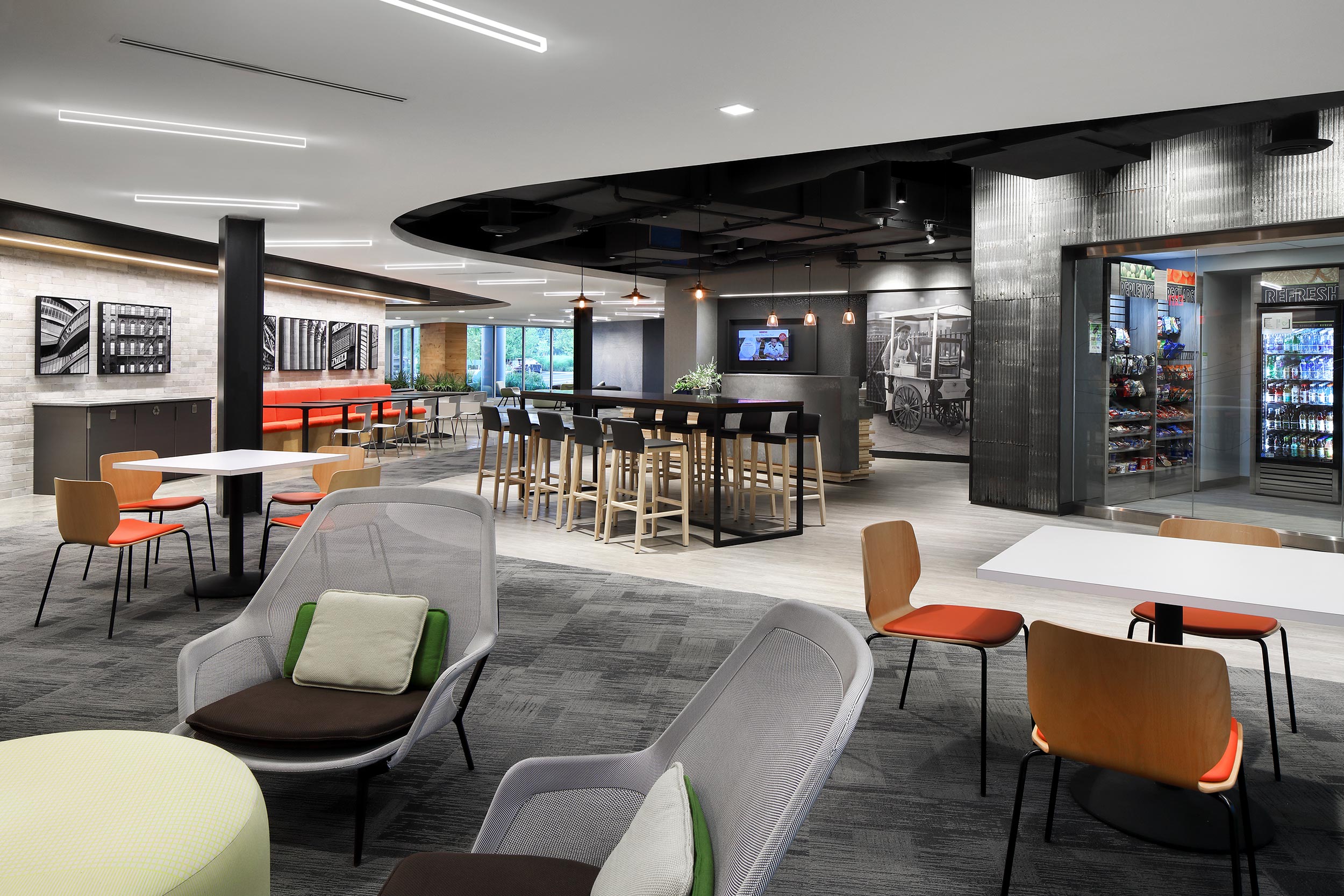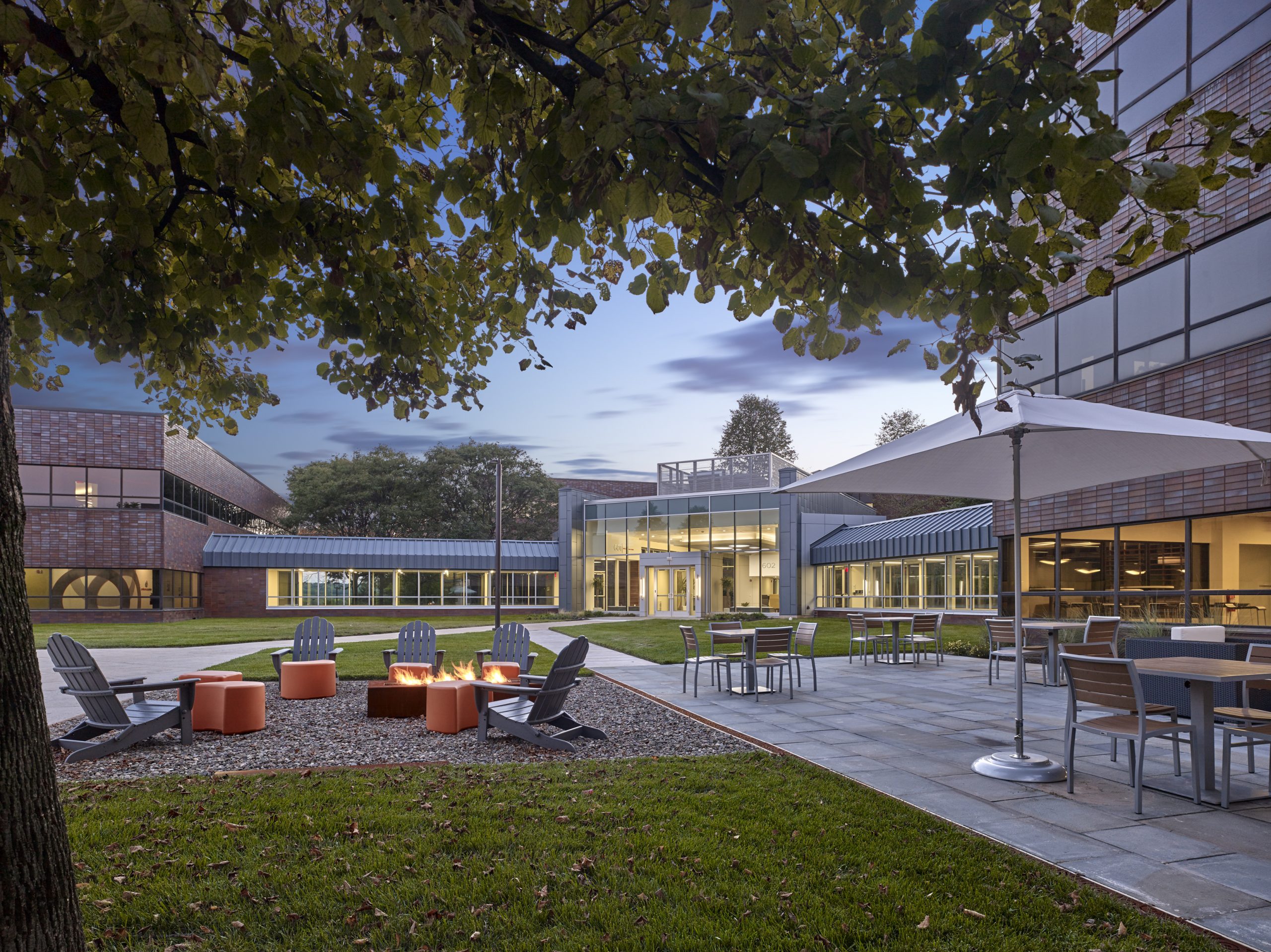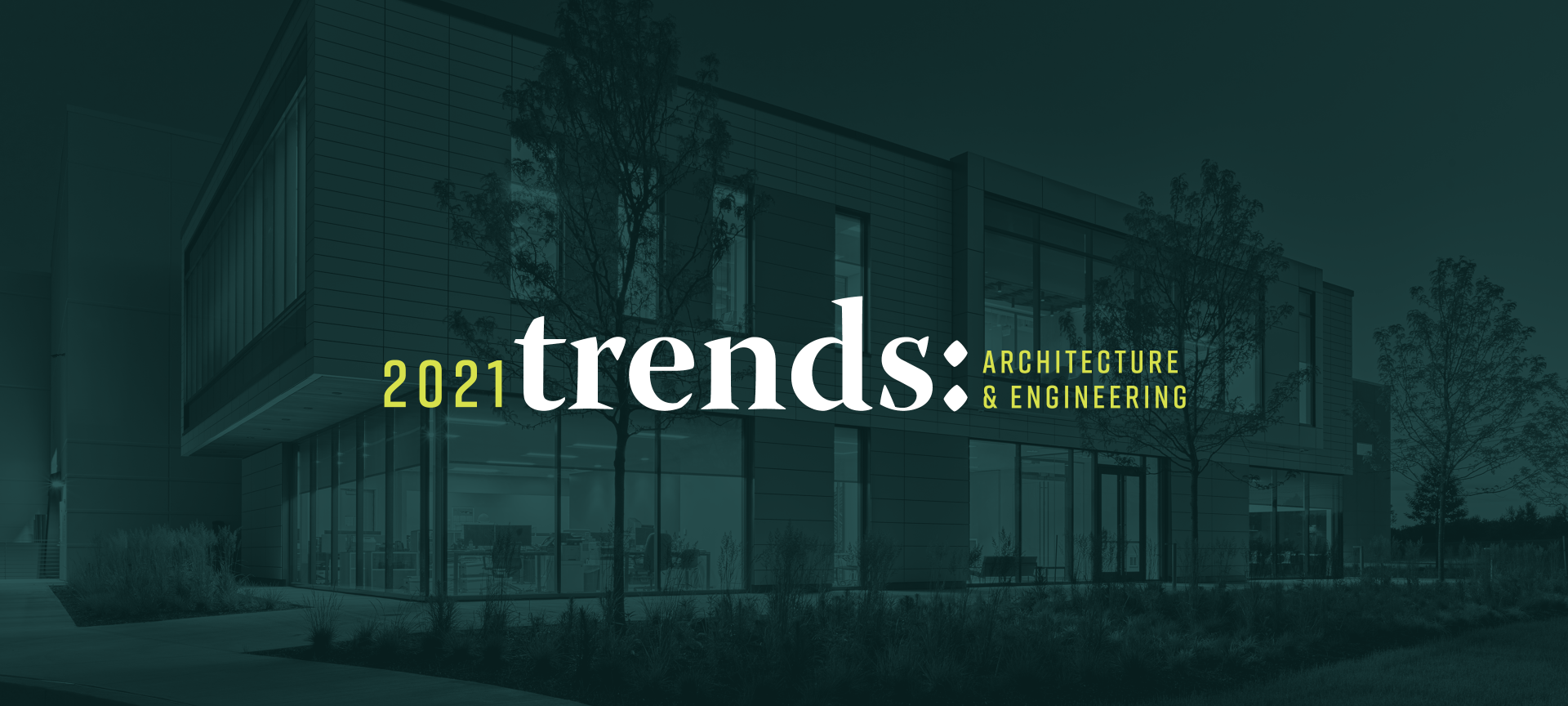When our team looks ahead to 2021, we predict that the key themes will be designing for public safety, adaptability, user control, smaller healthcare system consolidation and use of tele-health, continuously evolving health care environments, and wellness and IAQ.
Steve Spellman – Engineering Lead: I anticipate that IAQ (Indoor Air Quality) will become a hot dinner table topic. In the past, most understood the need for and desired clean, ventilated air and understood the health implications of not having it. As we move into 2021, we’ll see a greater amount of self-educating to understand what measures should be taken to ensure a healthy indoor environment leading to higher expectations and more pressure on building owners to deliver. What will those demands be for?…100% outside air ventilation systems, return of humidification – which has well documented benefits to the human body, and building automation systems to monitor and optimize HVAC function.

Rich Killeen – Business Development: We’ve been watching the rapid evolution of healthcare environments and in 2021, and beyond, we’ll see this pace accelerate. We’ll see that healthcare facilities and systems will continue to consolidate as the larger systems absorb those that are smaller and possibly struggling. Outpatient facilities will continue to grow as hospitals and acute care facilities narrow their focus on specialized medicine and public health. Tele-medicine will become a larger part of healthcare delivery, even as the pandemic wanes, and facilities will need to figure out how to address this within their current real estate, and possibly in the creation of intermediate tele-health centers.
Kalee Holdren – Project Designer: As health and wellness become permanent priorities in buildings in several sectors, Architects will need to widen their knowledge base. We may see a return to a Renaissance mindset, but instead of the Architect being a master of mathematics, art, and building structure, the knowledge base will need to contain sanitation and microbial knowledge. The temporary fixes 2020 has seen installed in buildings will need to become ingrained in building processes, informed by a fundamental understanding of disease spread and wellness practices.
Lauren Coughlin – Director, Strategy + Culture: Adaptability! This will be a top challenge next year as building owners and developers look for ways to maximize multiple possible uses inside and out. This could mean planning a space for a single purpose on day one but simultaneously analyzing and planning for multiple additional future uses should the space need to transform. This could also mean planning the architecture in a way that can be reconfigured. Regardless of the solution, overly optimized spaces may be a thing of the past. Although the future is unknown, 2020 has shown us that we need to be ready for anything.

Martin Majcher – Senior Project Architect: I think the overwhelming trend that we’ll see carry through 2021 is the continuing need for our public and commercial built environment to stay focused on safety and wellness. In my opinion this not only means meeting a higher level of cleanliness in buildings, but also providing multiple (and flexible) means in which people can interact. The feeling of being “safe” is a deeply emotional and unique feeling for most people. Offering flexible environments that allow for user control is going to be key and one of the best strategies to provide a level of comfort that will encourage people to come together again.
You may also enjoy…

